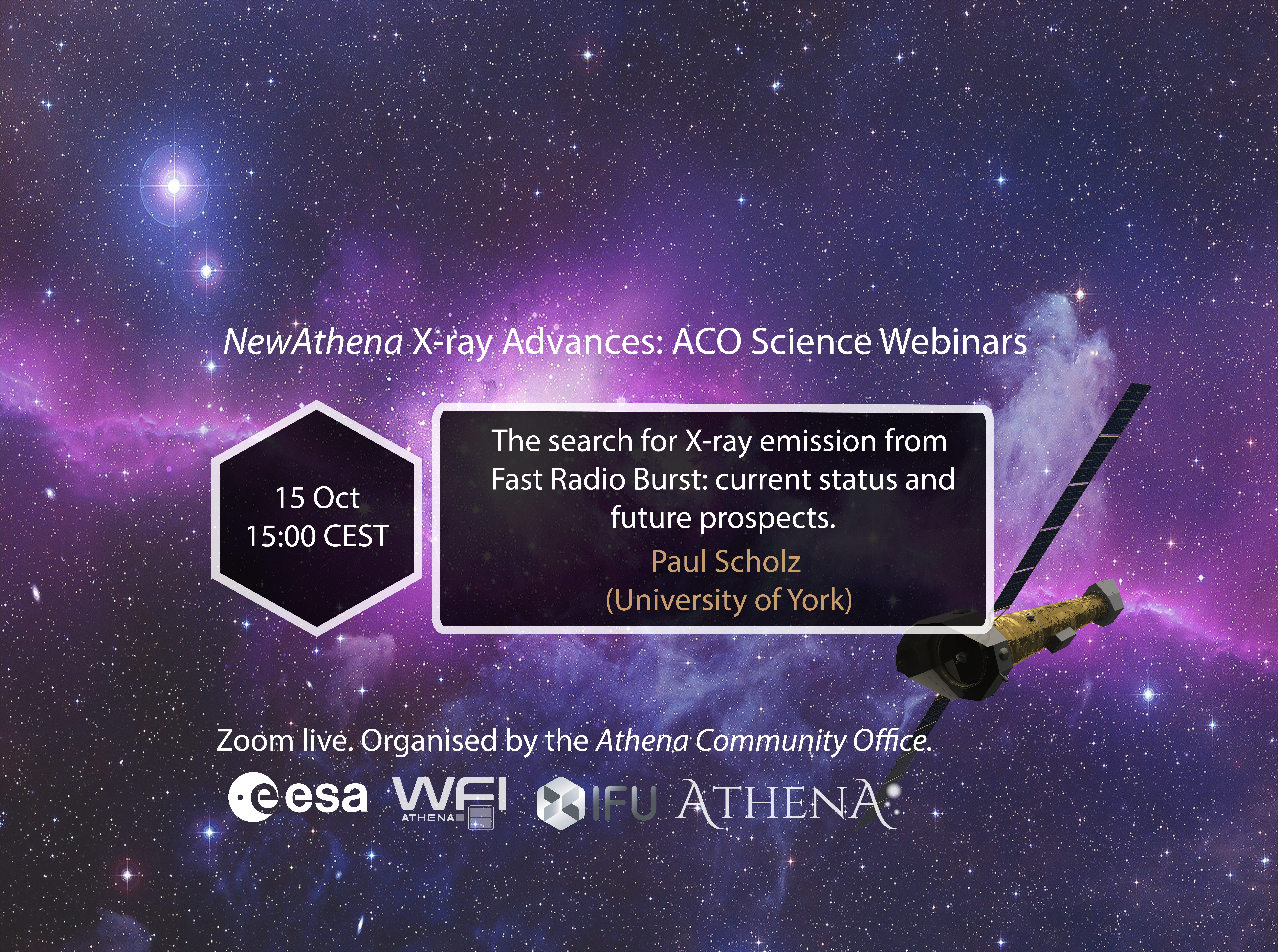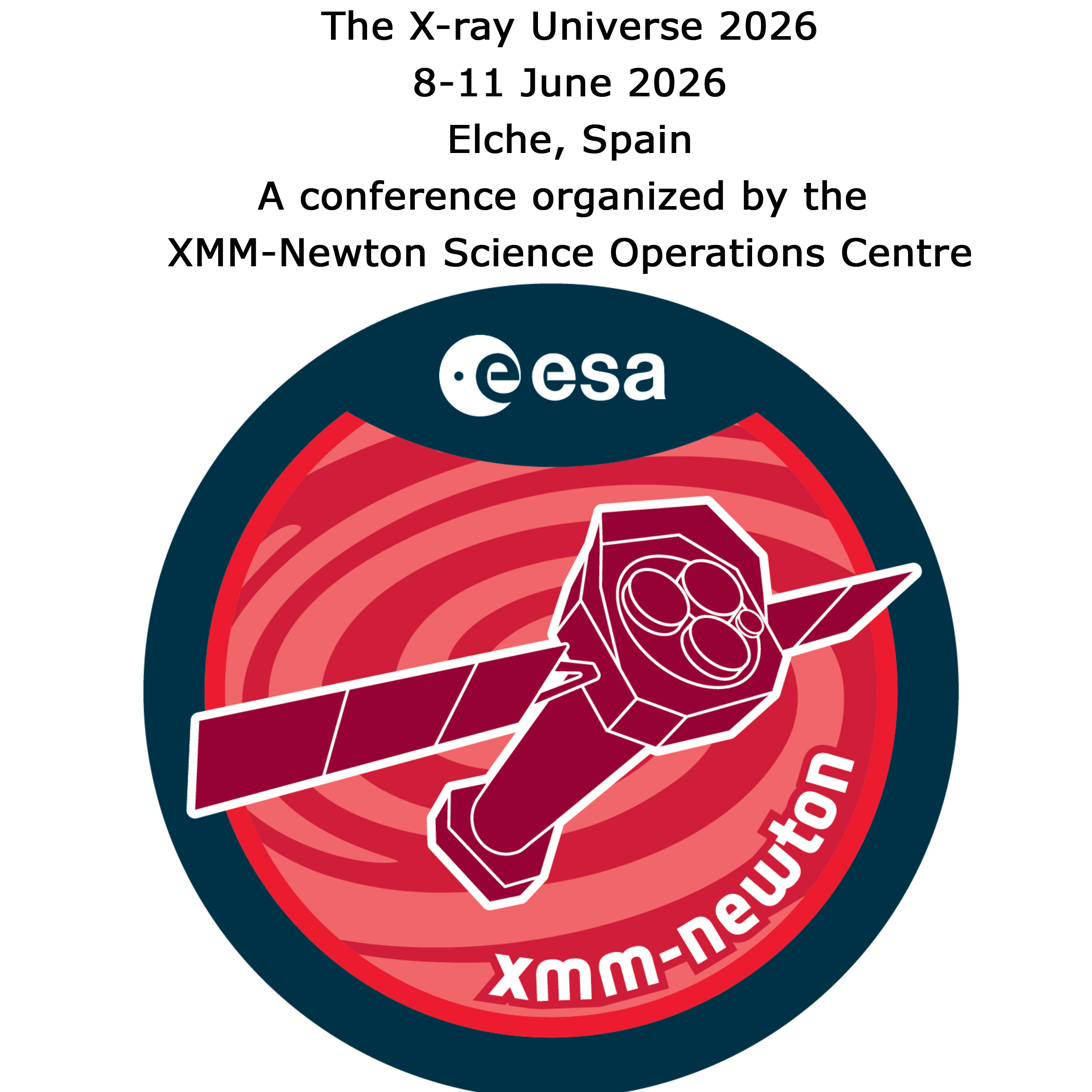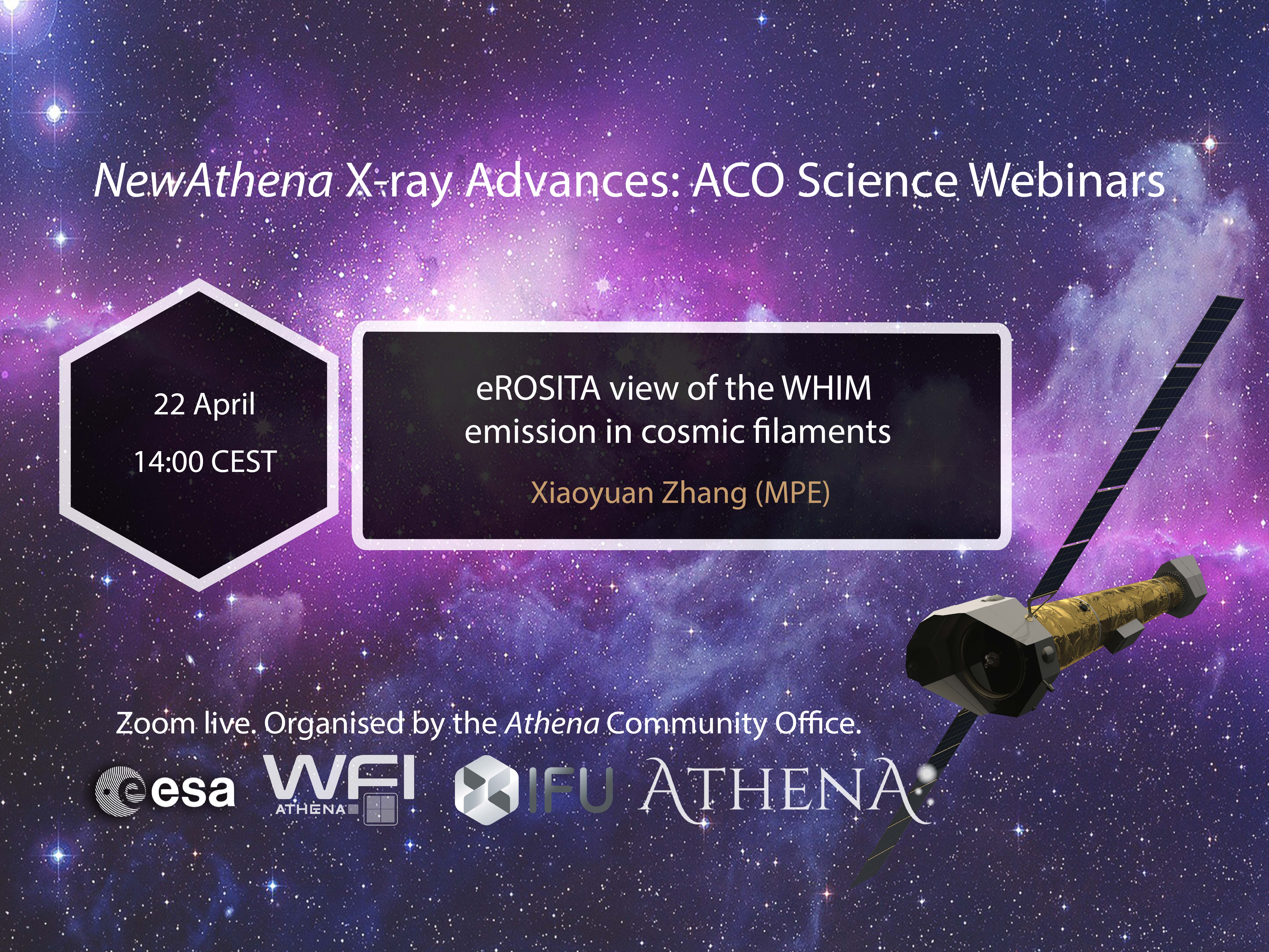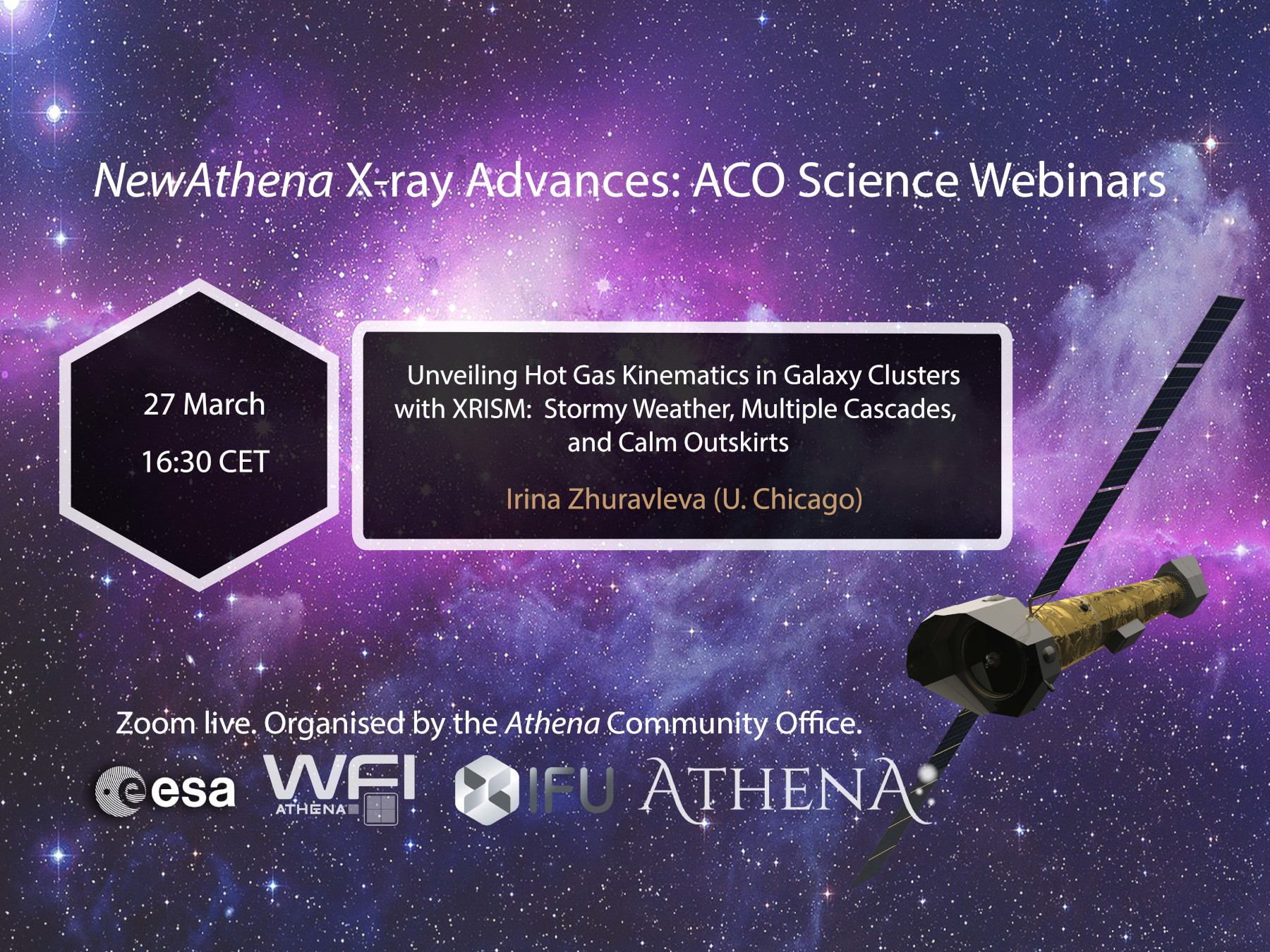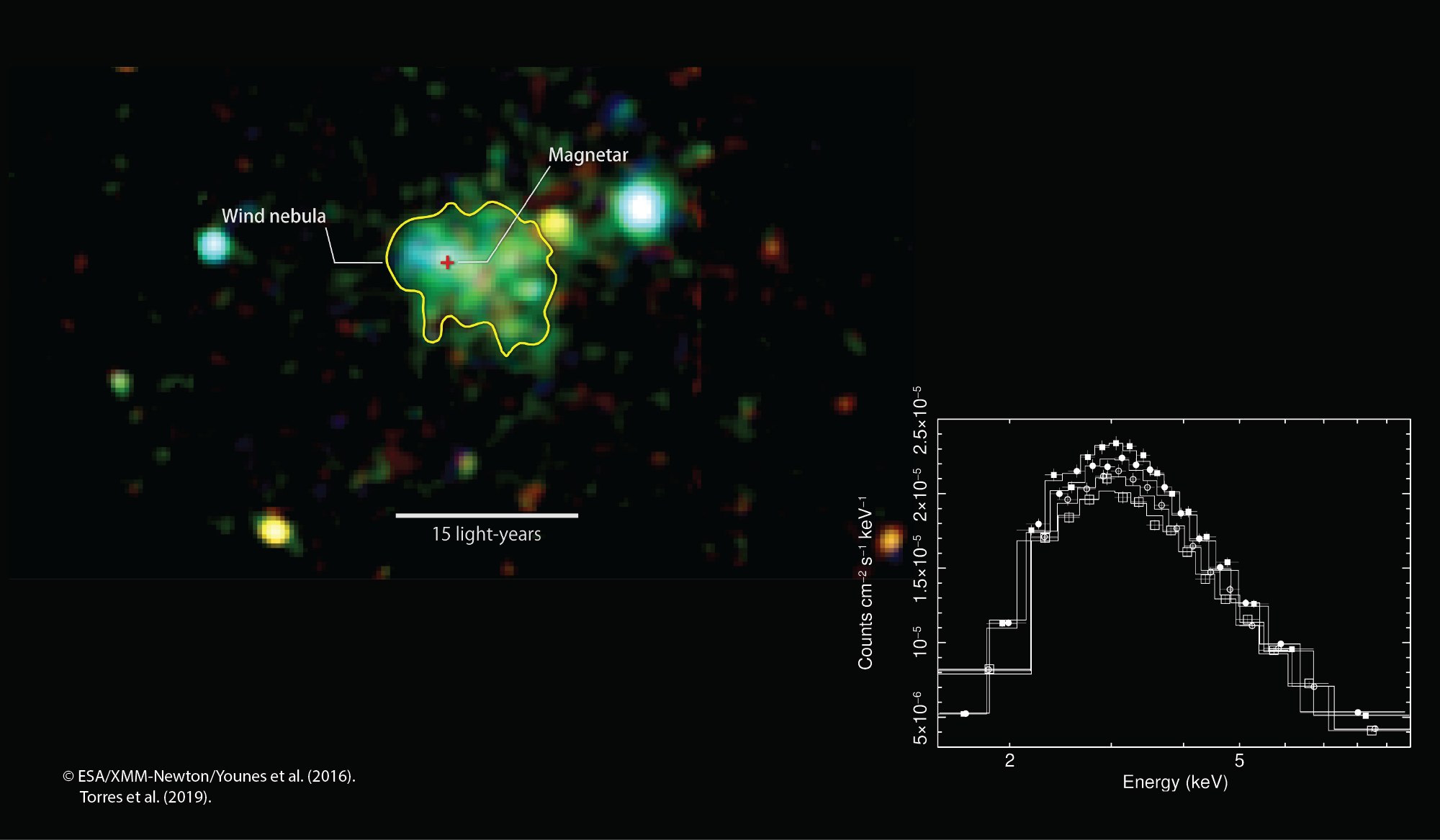
#AthenaNuggets: Squeezing of Pulsar Wind Nebulae

Pulsars, left overs from supernova explosions, dissipate the bulk of their rotational energy through the emission of a relativistic wind of particles. This is the so-called pulsar wind and it is observed as pulsar wind nebulae. In the #AthenaNuggets49, Diego F. Torres talks about this scientific issue and its future with Athena.
For a short period that could last for a few hundred years, this wind will be compressed by the reverse shock of the supernova, and the energetics of the nebula may not be controlled by the rotational power of the pulsar, but instead by the compressional heating of the medium. This means that the amount of energy that the nebula could release may not just be an important fraction of the rotational energy as a whole, but it could even overtake it. This is known as superefficiency. Athena should detect this behaviour, which will allow us to study this phase as never before.
Latest News


